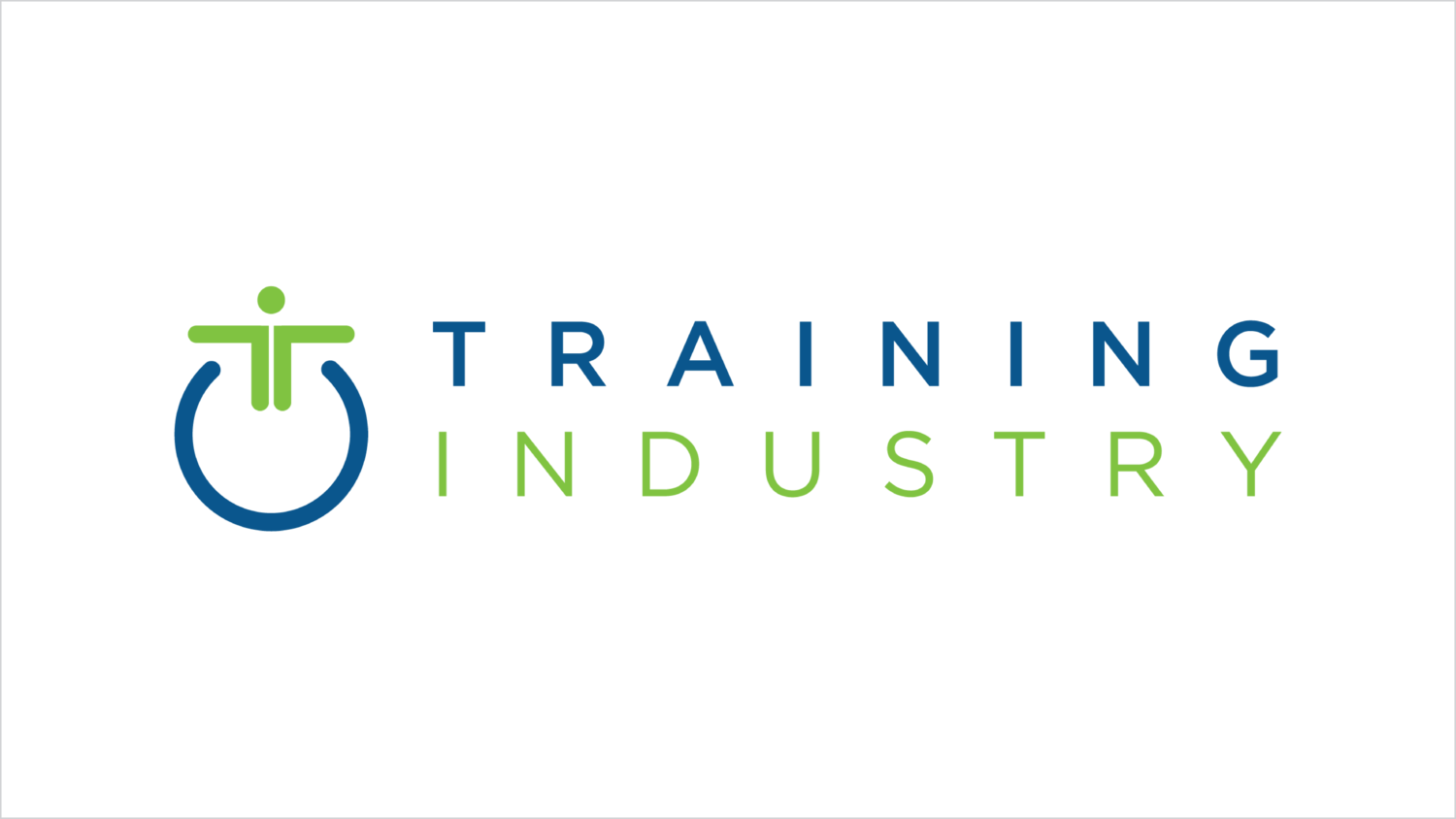How to Empower Employees to Reach — and Exceed — Their Goals
This article was originally published on TrainingIndustry.com
Developing employee performance goals is a key leadership skill that requires a careful balance to maximize results. When chosen strategically, performance goals can motivate employees to reach their full potential — but when settled upon carelessly, they can have the opposite effect on morale; performance; and, ultimately, business outcomes.
Overly ambitious goals can set people up for failure by intimidating them into inaction. If we don’t believe our goals are achievable in the first place, we give up long before we start. On the other hand, setting the bar too low can create a sub-par performance culture where employees give just enough effort to get by. How do managers secure employee buy-in on performance goals that are challenging enough to inspire high performance?
Research shows that giving workers more autonomy — the ability to make decisions, contribute ideas and manage their own responsibilities — results in happier, more engaged employees, as well as improved job performance and motivation. Managers who provide “supportive autonomy” create conditions in which employees can thrive and then step back and give them the space to succeed. Applying this management approach to setting performance goals enables employees to set targets for themselves that they believe in while achieving the results the organization requires.
Sparking a significant shift in organizational performance often starts with simple conversations. When managers ask the right questions, they can lead their team to discover the answers for themselves. Here five questions managers can ask to help employees set, and conquer, their own goals:
1. How Would You Define Success on This Project?
What would be a great outcome versus a good outcome? How would the employee define a wild success versus a minimal one? By determining the outer boundaries of success on a project, the manager and employee can decide together what a reasonable expectation for success actually looks like — an outcome that is legitimately achievable while aligned with the manager’s expectations for the employee’s performance. This question is the starting point.
2. What Are the Biggest Roadblocks to Achieving This Definition of Success?
Managers should encourage employees to indicate which obstacles to success are within their own control and which are out of their control. For example, one team member may lack the technical expertise to complete a task, while another might be dealing with inadequate time or resources.
3. What Actions Can You and the Organization Take to Remove Those Barriers to Success?
Managers can provide supportive autonomy by asking employees to create an action plan to address each issue that stands between them and success. While it’s important to encourage team members to solve their own problems, it’s also essential to provide them with the necessary professional development opportunities, resources or tools to help them overcome the obstacles they identify.
4. What Would Have to Happen for Us to Fail to Achieve This Goal?
Based on the barriers to success and the parameters of success they have determined, managers should ask employees to describe the conditions under which they would fail to accomplish their minimum level of success. What is the worst-case scenario under those conditions?
5. What Goal Would You Set for Yourself?
It all comes down to one question: What is the outcome the employee actually expects to achieve on this project? When that question has an answer, the manager has successfully helped the employee define a performance goal that’s challenging enough to be considered a success — for the employee and the organization — and realistic enough to be achievable despite potential roadblocks.
Bonus Question: What Would Have to Happen for You to Achieve 10% More?
If an employee sets the bar too low, there’s nothing stopping the manager from requiring a better result. Even if the manager is happy with the goal the employee has set, however, he or she should ask what the individual or the organization would have to start or stop doing in order to reach an outcome that’s 10% more successful.
Demanding above and beyond may come with its own risks; when managers ask for 10% more, some employees might reduce their goal by another 20% at their next performance review. Managers should use this question as a way to encourage their team members to perform to the best of their capabilities, but they should stay within the defined expectations of success to maintain buy-in.
After all, this approach doesn’t mean managers are giving employees complete autonomy to set their own goals — they’re just giving them an opportunity to set a goal that’s equal to, or even higher than, what they had in mind for them anyway. When people believe a goal is within their reach, they’re more likely to perform at the top of their game. That’s a win for organizations, for managers and for employees.
Share this article on social media and subscribe to get blog updates below.


